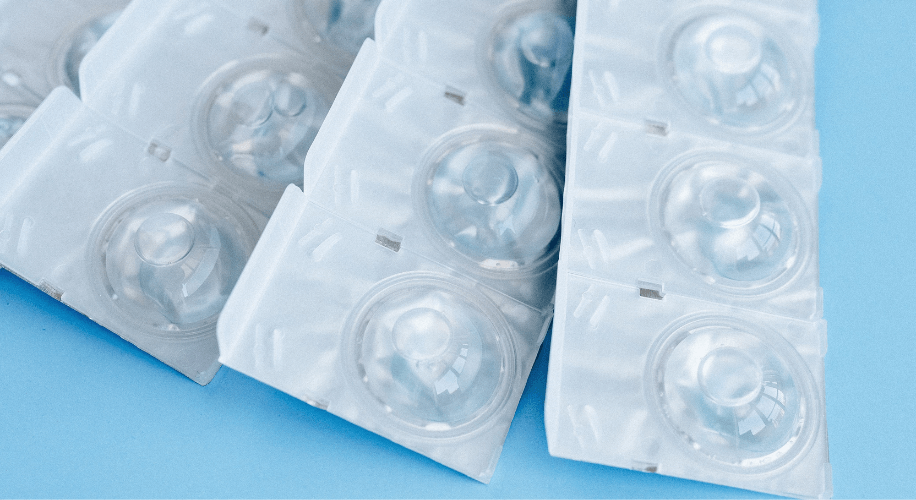The Link Between Dry Eyes and Contact Lens Discomfort

Photo by Vitória Santos
Many contact lens wearers have experienced the discomfort of dry eyes. This condition not only causes irritation but can also affect your overall eye health and vision quality. Understanding the connection between dry eyes and contact lens use is crucial for maintaining comfortable and clear vision.
Understanding Dry Eyes
Dry eye syndrome is a common condition that occurs when your tears aren’t able to provide adequate lubrication for your eyes. Tears can be inadequate for many reasons – for example, dry indoor air, screen time, aging, or certain medical conditions can play a role. When it comes to contact lenses, the irritation often stems from a disruption of the tear film, a thin layer of liquid that covers the eye.
- Lipid Layer: This is the outermost layer that prevents tear evaporation.
- Aqueous Layer: This watery middle layer cleanses the eye and washes away foreign particles.
- Mucin Layer: The innermost layer helps tears adhere to the eye’s surface.
When any of these layers are compromised, which can happen with contact lens wear, dry eye discomfort can ensue.
How Contact Lenses Can Cause Dry Eyes

Photo by Nataliya Vaitkevich
Contact lenses directly interact with your eyes’ tears. They need this moisture to stay hydrated, maintain their shape, and remain comfortable on the eye’s surface. However, some people produce fewer tears or tears of poor quality, leading to dry eyes.
- Lens Material: Some contacts can limit oxygen transmission to the cornea, making it harder for tears to maintain a healthy eye surface.
- Lens Fit: Poorly fitted lenses can irritate the eye and disrupt the normal spread of tears.
- Decreased Blink Rate: Prolonged focus on screens can reduce how often you blink, which is necessary for spreading tears evenly across the eye.
If you’re experiencing blurry vision with contacts but not with glasses, or if your contacts become blurry or uncomfortable as the day goes on, dry eyes could be the culprit.
Managing Dry Eye Discomfort

Photo by Nataliya Vaitkevich
Thankfully, there are several strategies to manage dry eye discomfort while wearing contacts:
- Choose the Right Contacts: Look for lenses designed to retain moisture and allow for ample oxygen transmission to the eye.
- Keep Lenses Clean: Follow your eye care professional’s instructions for cleaning and storing your contacts to prevent the build-up of irritants.
- Stay Hydrated: Drink plenty of water to help maintain the natural moisture in your eyes.
- Use Lubricating Eye Drops: Contact lens-friendly eye drops can provide additional lubrication for your eyes.
For those who find that these steps don’t alleviate their discomfort, it might be time to consider updating your eye care routine. A visit to the eye doctor may be the first step in finding a more comfortable lens option or understanding if your prescription needs adjusting. While certain tools offer convenience, they are not a substitute for regular in-person eye exams that can identify and treat underlying eye health issues.

